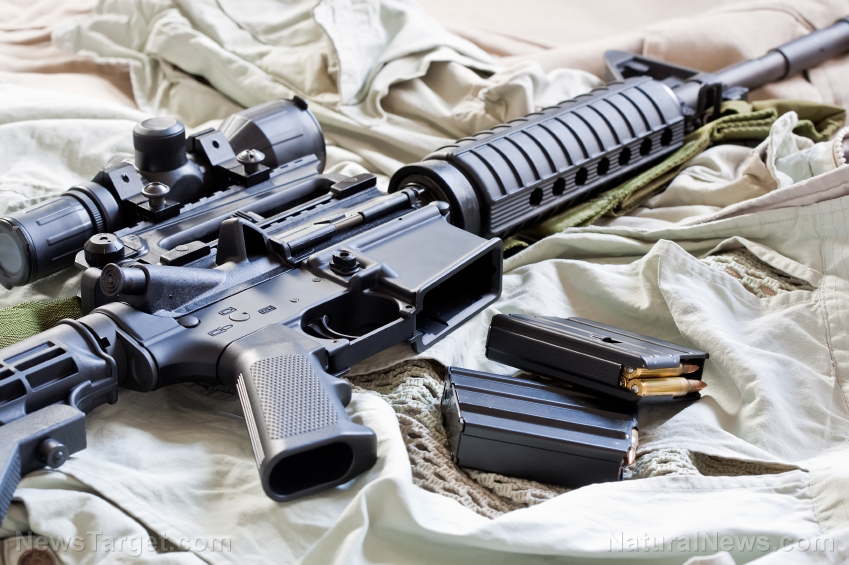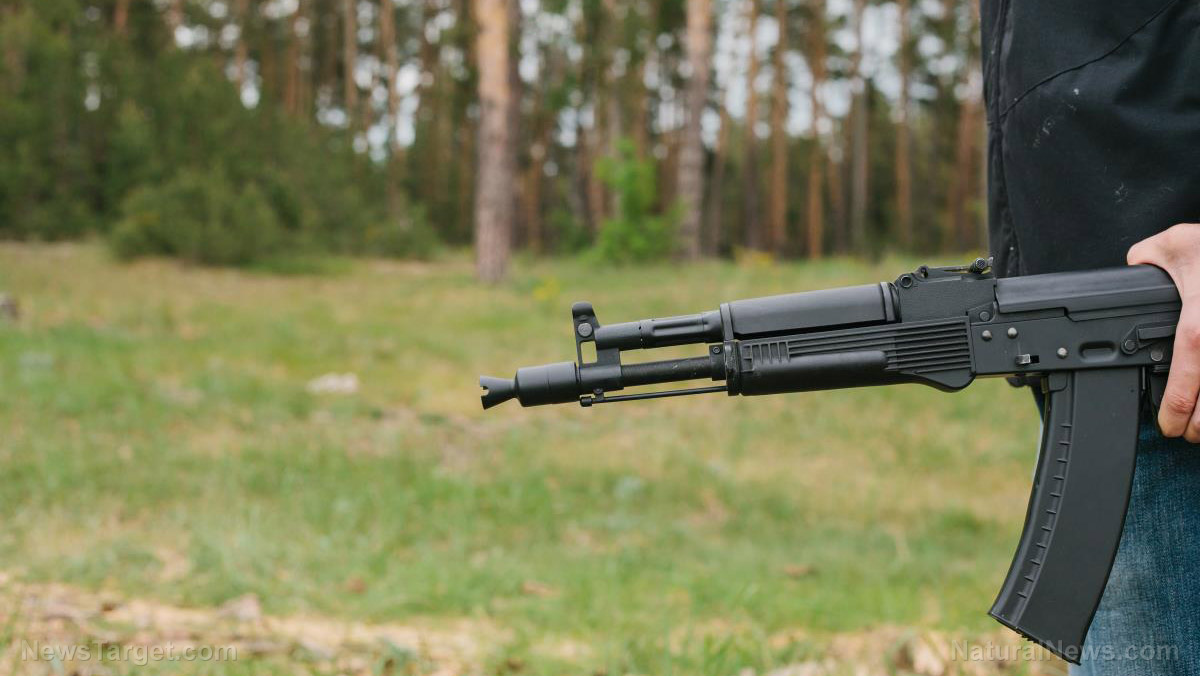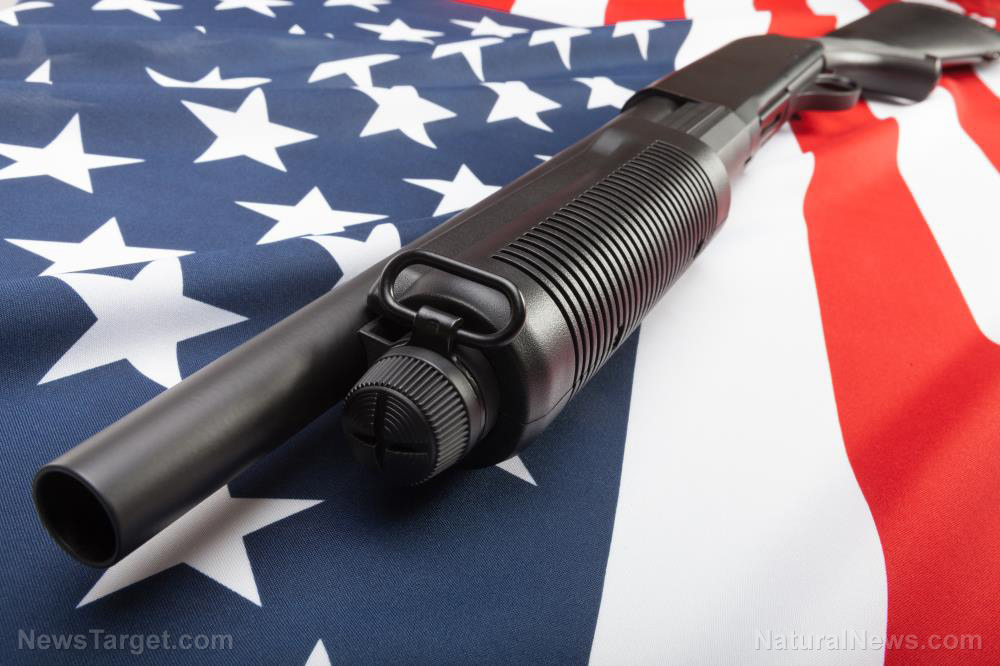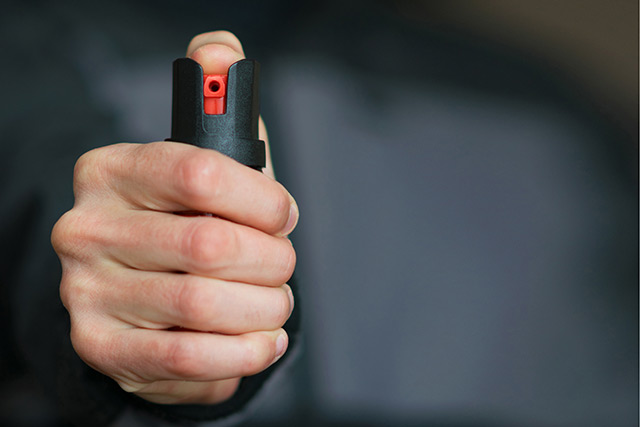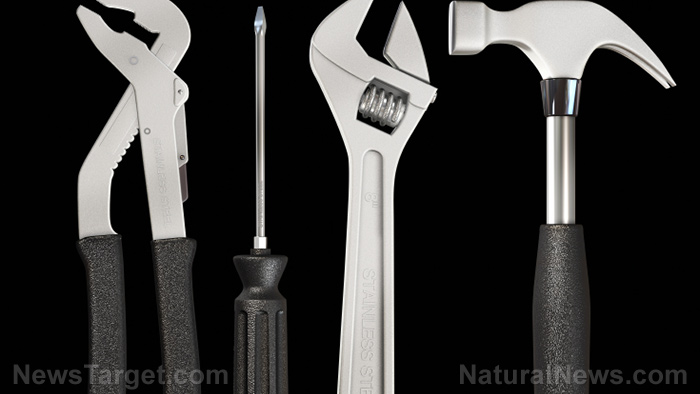Fighting in the wild: 7 Kinds of knives to help you survive
06/13/2019 / By Mary Miller
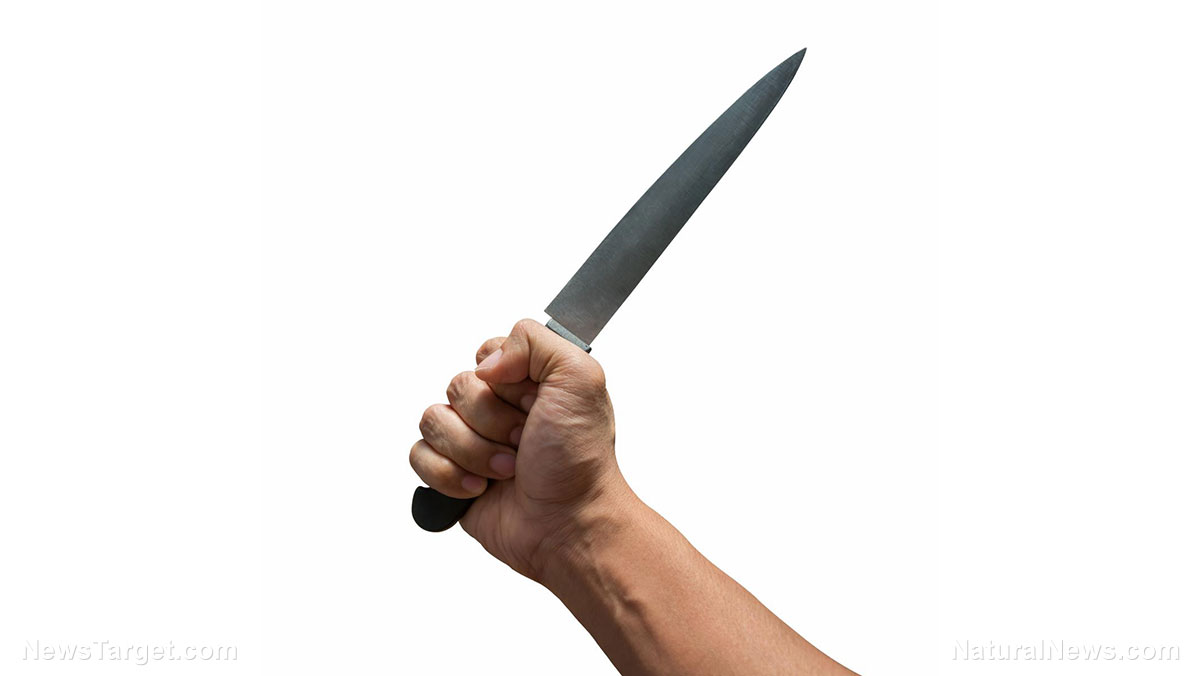
When bugging out in the wild, you will need a reliable survival knife in case you need to defend yourself or cut certain objects, but not all knives are created equal. Each kind of knife has its own advantages and disadvantages, depending on its designated use. Choose your knife wisely, for your life may depend on it. Here are seven of the best kinds of survival knives that can best serve you when you’re surrounded by all the potential dangers that nature hides. (h/t to TheSurvivalCorps.com)
Tactical knives
One of the best self-defense survival knives is the tactical knife. It works great as an overall tool for camping, hunting, and emergency situations. High-quality tactical knives are incredibly versatile since they can come with several blade edge configurations, such as a serrated edge, a double edge, a straight edge, or combinations of all three. These are some of the best knives to have on hand during a life or death situation.
Tanto knives
These survival knives are also referred to as Japanese short swords due to their resemblance to traditional Samurai swords. They are best suited for slicing, slashing, stabbing, and cutting motions. High-quality tanto knives have reinforced ends which allow them to withstand a lifetime of repeated use. Similar to drop point knives, bowie knives, and daggers, they have thin points.
Military survival knives
No self-respecting member of the military would be caught dead without a standard-issue military survival knife. These knives are among the most important tools a soldier can carry. Members of the military can use them for combat, digging holes, cutting ropes, preparing food, among other survival uses. (Related: Using kitchen knives for survival.)
Kukri knives
Also known as Gurkha knives, Kukri knives originated from Nepal and were used by the Gurkha army. Featuring a curved, single edge blade, these knives were ideal for cutting paths through dense foliage and vines. The Kukri knife is considered a cross between an ax and knife, while its appearance resembles a boomerang. Its sturdy spine is wide enough to be used as a hammer in the hands of a skilled user.
Karambit knives
Karambit knives were traditionally used by Southeast Asian farmers to plant rice, cut grass, or dig roots, and their hilts were often made out of wood, ivory, or the horn of a water buffalo. Because of its sharp, curved blade, the Karambit knife resembles a tiger’s claw. What makes this knife special is its finger ring at the base of the hilt. Not only does it provide added support while cutting, but it also allows the user to have a better grip of the knife while fighting.
Folding knives
While fixed blade survival knives are among the strongest and most durable knives, their size often makes them difficult to carry around. Folding knives offer a more compact alternative that you can easily fit in your own pocket. What they lack in durability and reliability, they make up for in terms of convenience. Folding knives can be useful even during your everyday life.
Boot knives
Boot knives are called as such because they are normally tucked away in the user’s boot. At around three to five inches long, these are some of the smaller knives that you can use as a last resort, when no other knife is available.
Visit Survival.news to learn more about survival knives and other survival gear.
Sources include:
Tagged Under: boot knives, bug out, emergencies, folding knives, karambit knives, kukri knives, military survival knives, off grid, preparedness, prepper, prepping, self-defense, SHTF, survival, survival gear, survival knives, survival tools, survivalist, tactical knives, tanto knives, weapons
RECENT NEWS & ARTICLES
COPYRIGHT © 2018 SELFDEFENSE.NEWS
All content posted on this site is protected under Free Speech. SelfDefense.news is not responsible for content written by contributing authors. The information on this site is provided for educational and entertainment purposes only. It is not intended as a substitute for professional advice of any kind. SelfDefense.news assumes no responsibility for the use or misuse of this material. All trademarks, registered trademarks and service marks mentioned on this site are the property of their respective owners.


